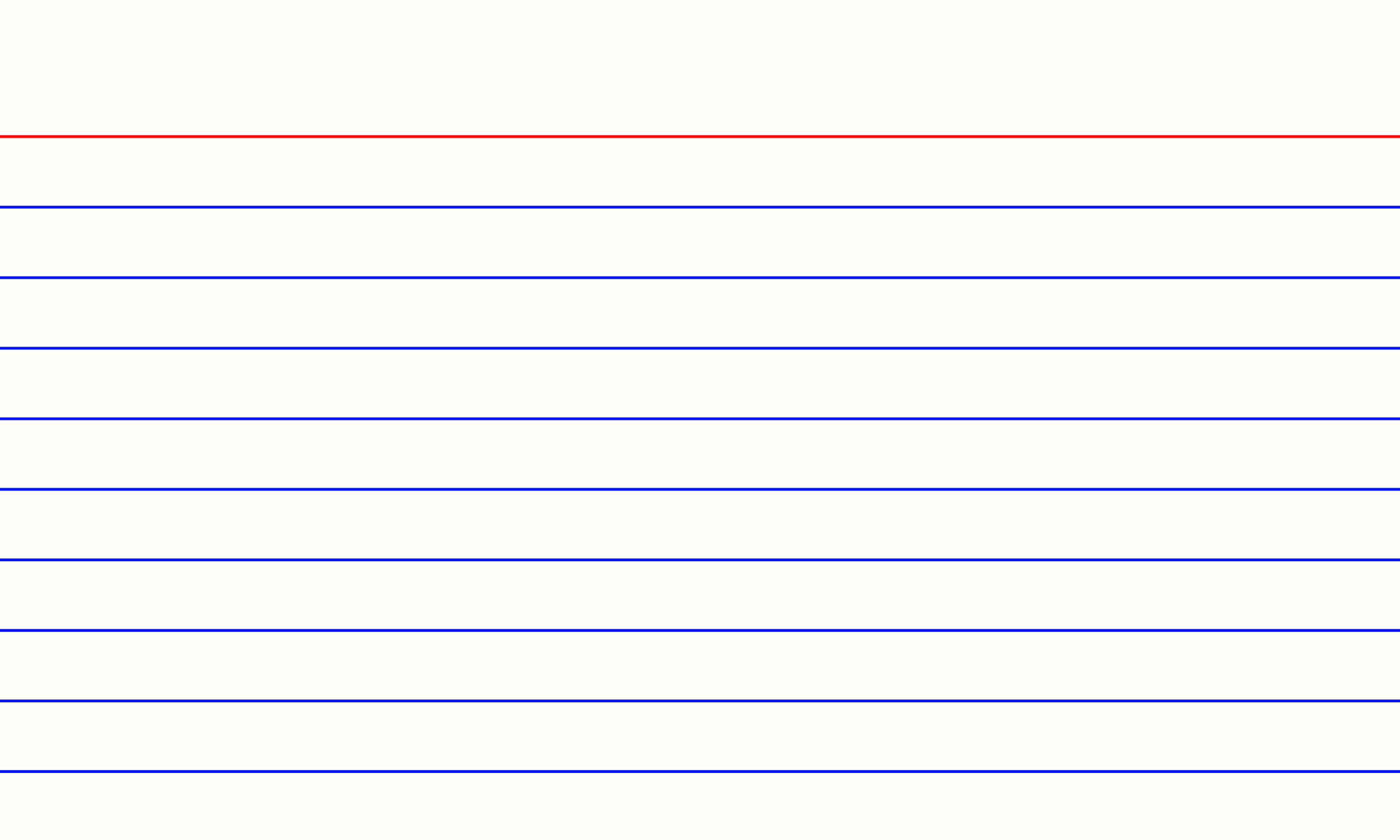

Resizing an image in OpenCV is accomplished by calling the cv2.resize function. Rotated = imutils.rotate(bridge, angle=angle)Ĭv2.imshow("Angle=%d" % (angle), rotated) Output: Resizing Example: # loop over the angles to rotate the image The rotate function in imutils helps resolve this problem.
Notecard png code#
These calculation calls can quickly add up and make your code bulky and less readable. Further care has to be taken to supply the (x, y)-coordinate of the point the image is to be rotated about. Rotating an image in OpenCV is accomplished by making a call to cv2.getRotationMatrix2D and cv2.warpAffine. Translated = anslate(workspace, 25, -75) Output: Rotation Example: # translate the image x=25 pixels to the right and y=75 pixels up Instead of manually constructing the translation matrix M and calling cv2.warpAffine, you can simply make a call to the translate function of imutils. To translate an image in OpenCV you would need to supply the (x, y)-shift, denoted as (t x, t y) to construct the translation matrix M:Īnd from there, you would need to apply the cv2.warpAffine function.

Translation is the shifting of an image in either the x or y direction. The contourArea function could therefore be accessed via: cv2.contourArea Translation Imutils.find_function("contour") Output: 1. Let's find all function names that contain the text contour: import imutils The find_function method allows you to quickly search function names across modules (and optionally sub-modules) to find the function you are looking for. OpenCV can be a big, hard to navigate library, especially if you are just getting started learning computer vision and image processing.
Notecard png install#
Provided you already have NumPy, SciPy, Matplotlib, and OpenCV already installed, the imutils package is completely pip-installable: $ pip install imutils Finding function OpenCV functions by name
Notecard png series#
# draw a 2px thick red rectangle surrounding the faceĪ series of convenience functions to make basic image processing functions such as translation, rotation, resizing, skeletonization, and displaying Matplotlib images easier with OpenCV and both Python 2.7 and Python 3.įor more information, along with a detailed code review check out the following posts on the blog: # apply a Gaussian blur with a 11x11 kernel to the image to smooth it, # useful when reducing high frequency noiseīlurred = cv2.GaussianBlur(image, ( 11, 11), 0) Rotated = imutils.rotate_bound(image, 45)Ĭv2.imshow( "Imutils Bound Rotation", rotated) # OpenCV doesn't "care" if our rotated image is clipped after rotation # so we can instead use another imutils convenience function to help us out # rotation can also be easily accomplished via imutils with less code rotated = imutils.rotate(image, - 45) Rotated = cv2.warpAffine(image, M, (w, h)) M = cv2.getRotationMatrix2D(center, - 45, 1.0) # let's rotate an image 45 degrees clockwise using OpenCV by first # computing the image center, then constructing the rotation matrix, # and then finally applying the affine warp
Notecard png plus#
O’Reilly members experience live online training, plus books, videos, and digital content from nearly 200 publishers.Resized = imutils.resize(image, width= 300) Get Scrivener For Dummies now with the O’Reilly learning platform. You can edit it in either place.Ĭolor Label/Pushpin: If a Label value is applied to the document, the color shows in the upper-right corner as a corner swatch or in the center as a pushpin (see the section “Modifying the Corkboard Preferences,” later. Synopsis: The index card Synopsis is the same as the Synopsis in the Inspector panel. Change the item title in the index card by double-clicking to select the title text. Title: The title in the Synopsis is the document title seen in the Binder. If you chose to use the Label color in the icon (see Chapter 4), the icon is tinted. Icon: The icon matches the item’s Binder icon. The following items are displayed on index cards (as shown in Figure 8-2) unless you make changes to your settings: The following sections take you through the default and optional elements of the index card. In addition to these standard elements, you can choose to view card numbers, the Status stamp, and keyword indicators. By default, index cards display the item icon, title, Synopsis, and color label or pushpin.


 0 kommentar(er)
0 kommentar(er)
